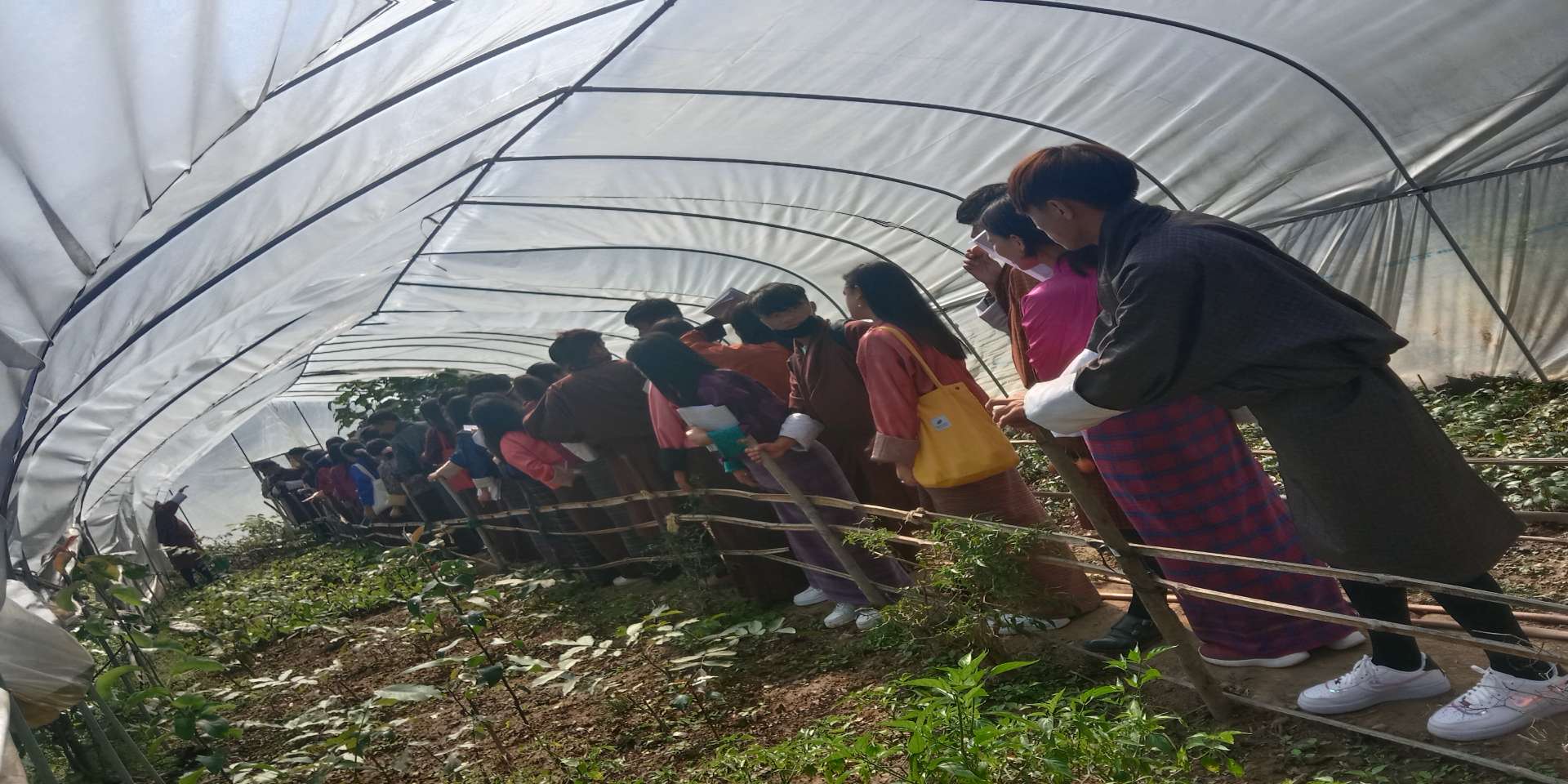Price: Nu. 0/Unit
The persimmon (Diospyros kaki D) belongs to the family Ebenaceae and the genus Diospyros. The three most important fruit-bearing species of the genus are Diospyros kaki, the Oriental or Japanese persimmon; Diospyros virginiana, the American persimmon and Diospyros lotus, the Date plum. Broadly, persimmon can be categorized into two groups: astringent types in which fruits can be consumed only when fully ripened, and non-astringent types in which fruits can be consumed like apples, once matured.
According to Agriculture Statistics (2017), currently, there are about 5,632 plants in the country and the annual production is 152 MT with an average yield of 35 kgs per plant. The commercial varieties of non-astringent types were released in 2004. Commercial varieties available in Bhutan are Fuyu, Jiro, and Wengkhar Anday.
The variety Zejimaru is often used as a pollinizer. Persimmon adapts to a warm climate with lots of precipitation. It is best grown in areas between 1500-2200 m above the mean sea level with an average mean temperature of 15-180 C. Moderately good sunshine and without fog are preferred. Non-astringent varieties grown in places with an annual mean temperature below 140C tends to become astringent.
Persimmon can be grown in a wide range of soil types preferably well-drained, lighter soils that have good subsoil containing some clay are preferred. Soil pH of 6.0 – 6.8 is optimum for persimmon cultivation Ideally field should be well protected with fencing and should have access to irrigation. The field should be prepared at least one month ahead of planting with the incorporation of well-decomposed manures. For ideal growth and development, a pit size of 1m-3m is recommended.
Nursery management
Persimmon is propagated through grafting. Seeds should be collected from healthy and mature fruits to raise the rootstock. Persimmon seeds are semi-recalcitrant and hence should be sown immediately after extraction for better germination. Local astringent persimmon seeds can be used as rootstocks. Scion woods should be collected from healthy mother plants that have come into bearing. Scion woods should contain 2 to 3 buds.
Side veneer grafting is done between January to early March. Ensure that graft union is not disturbed and remove grafting tapes once the proper joint has been formed in about 6 months. Enough irrigation should be provided in the nursery, especially during the dry season.

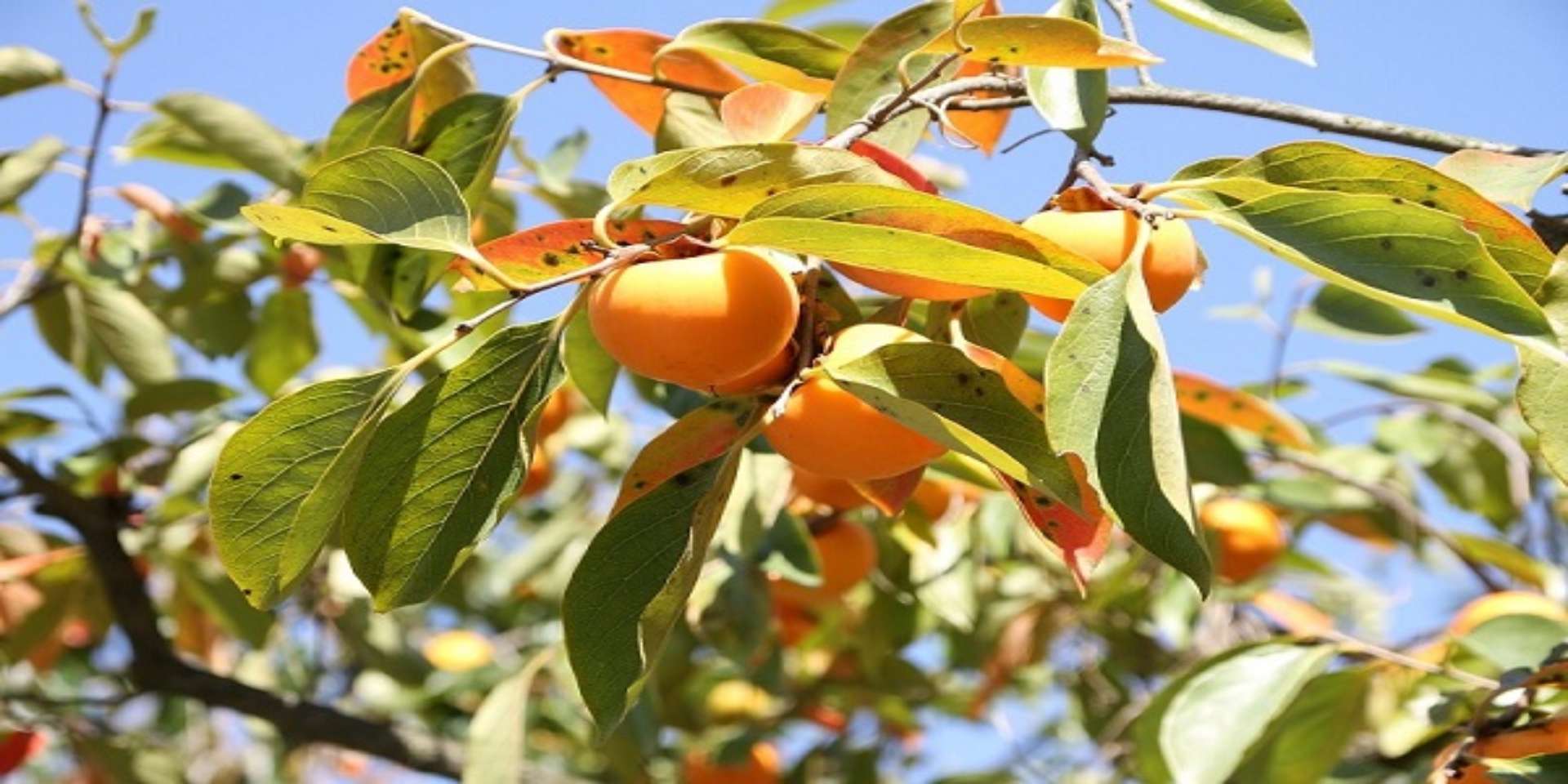
.jpg)
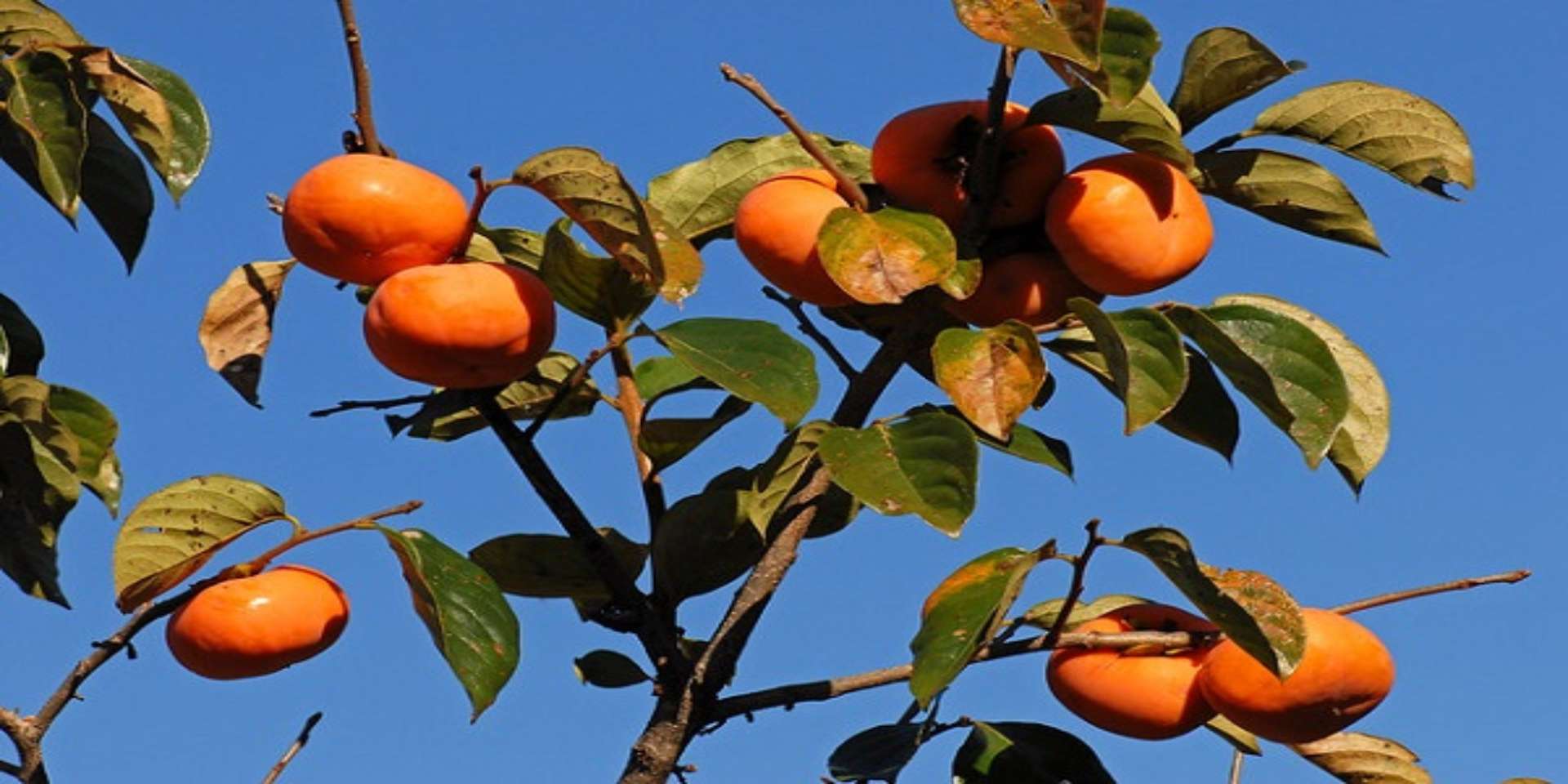

.jpg)


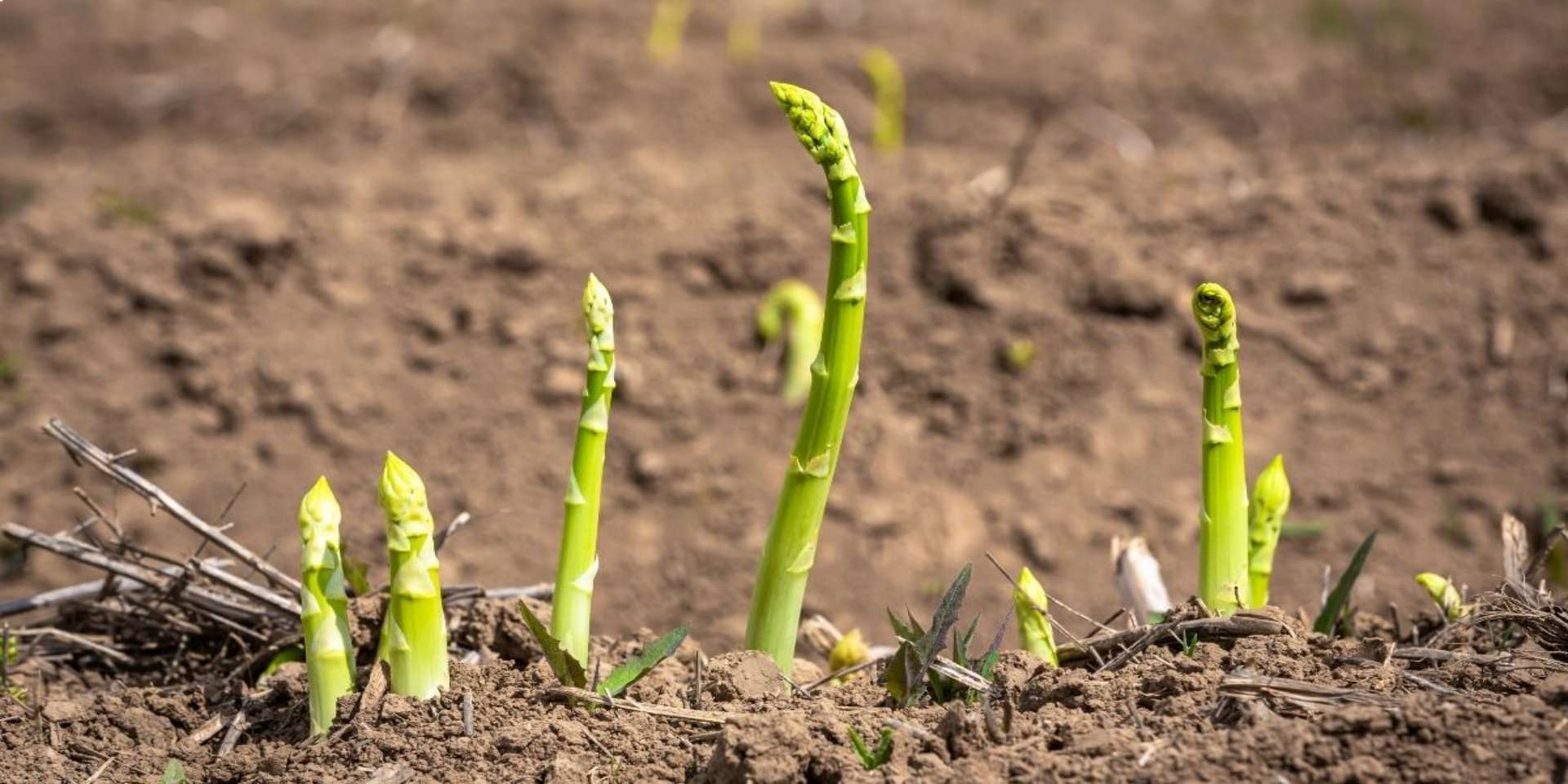
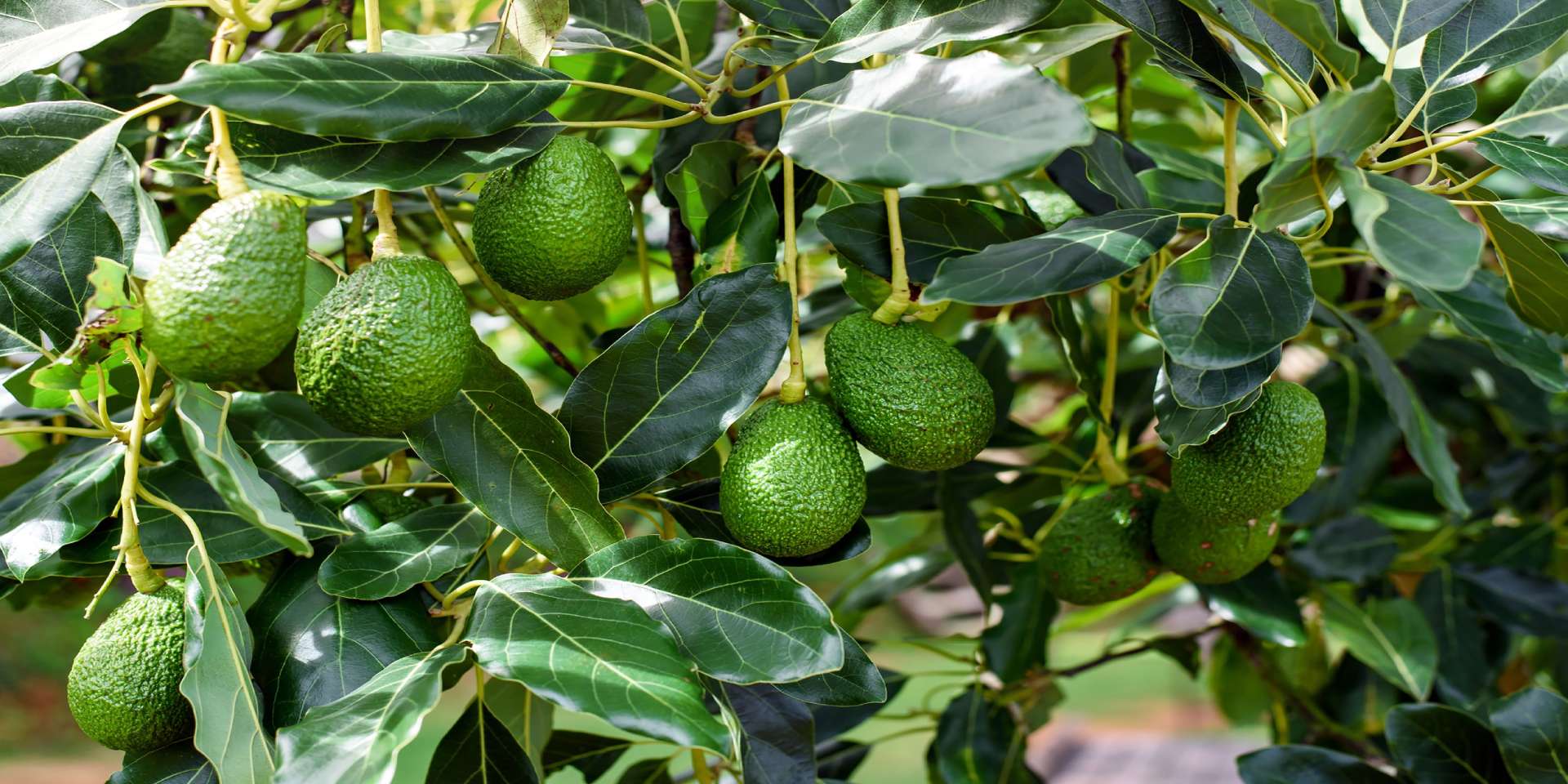
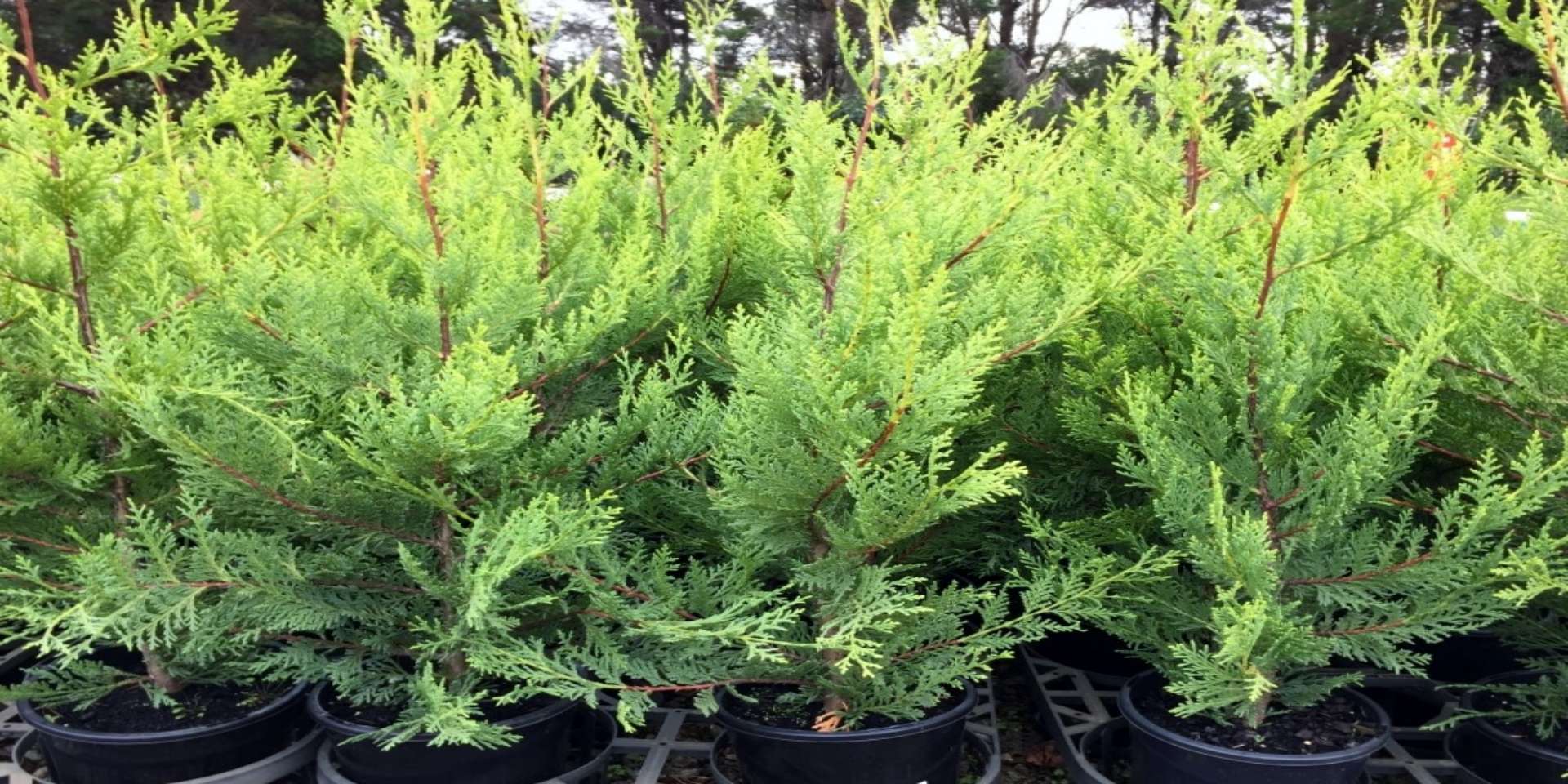

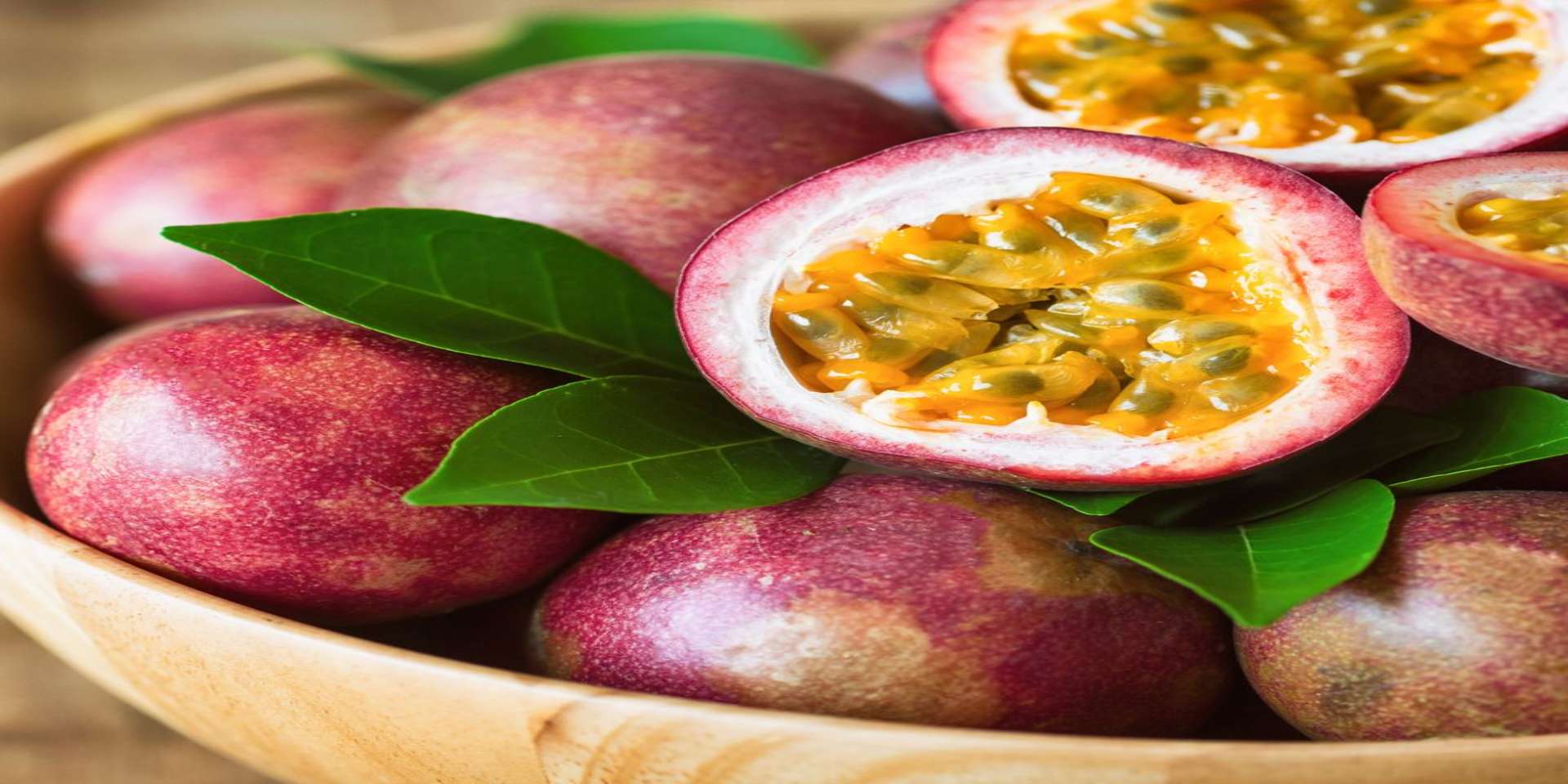
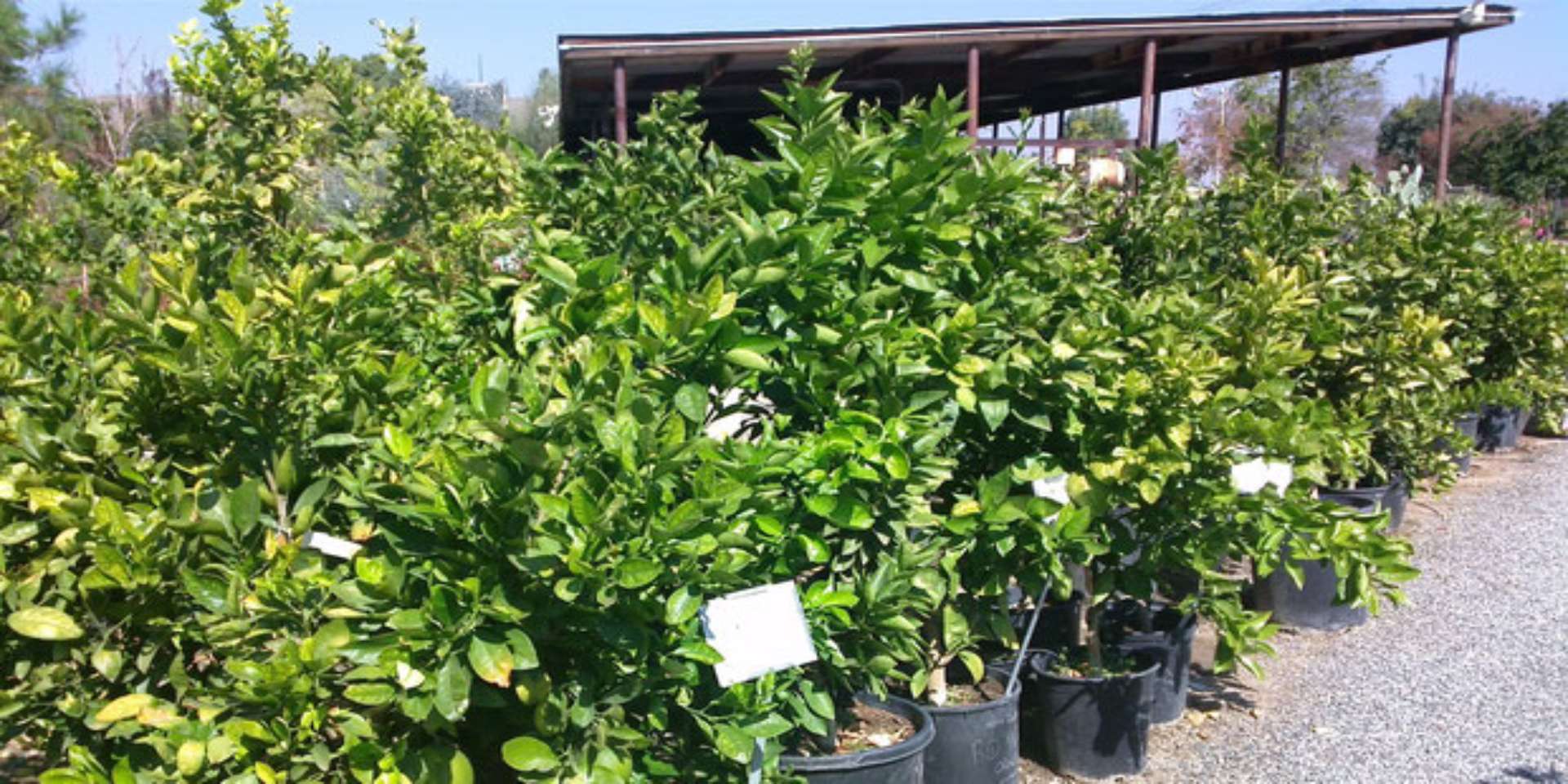
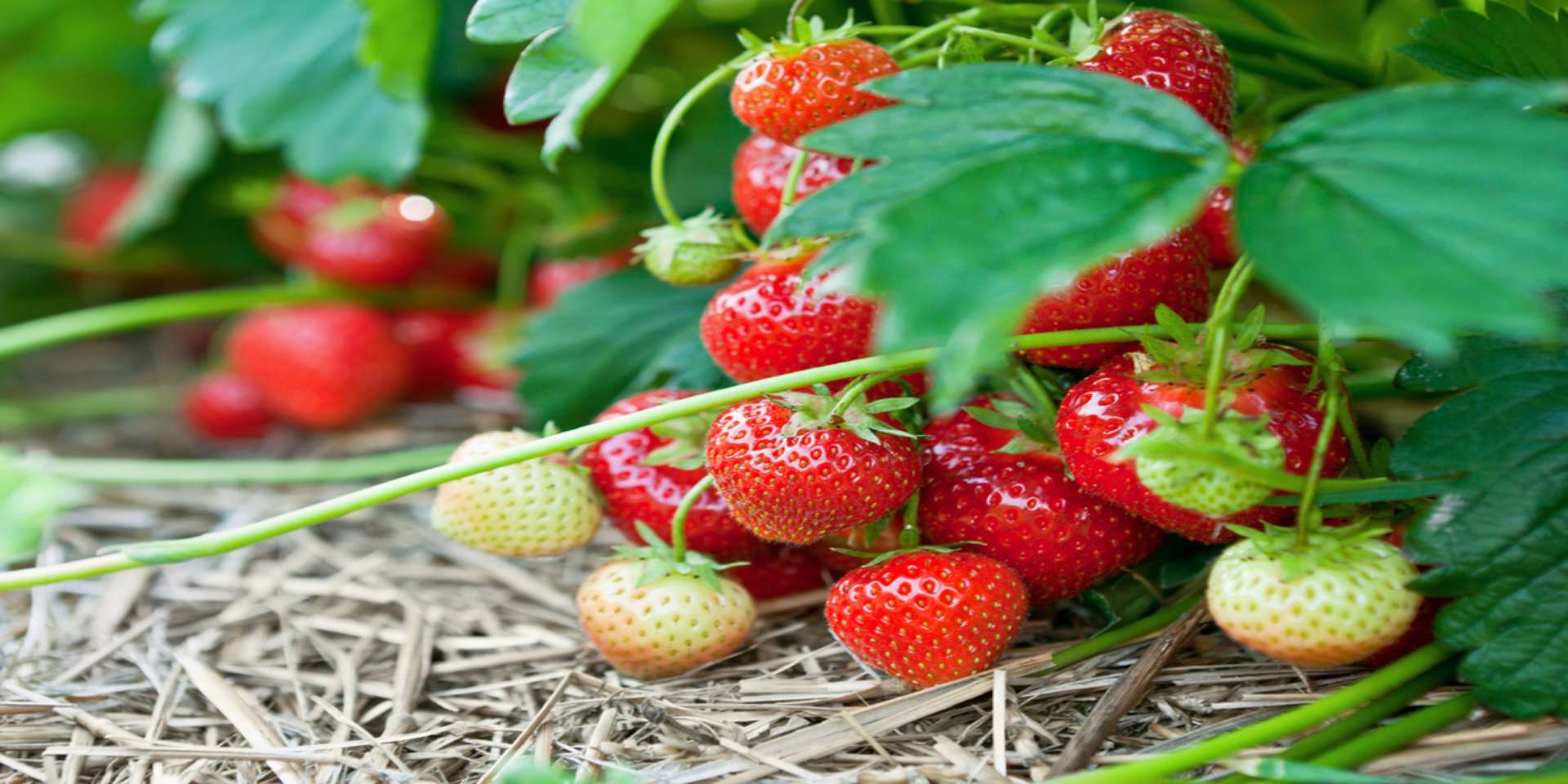
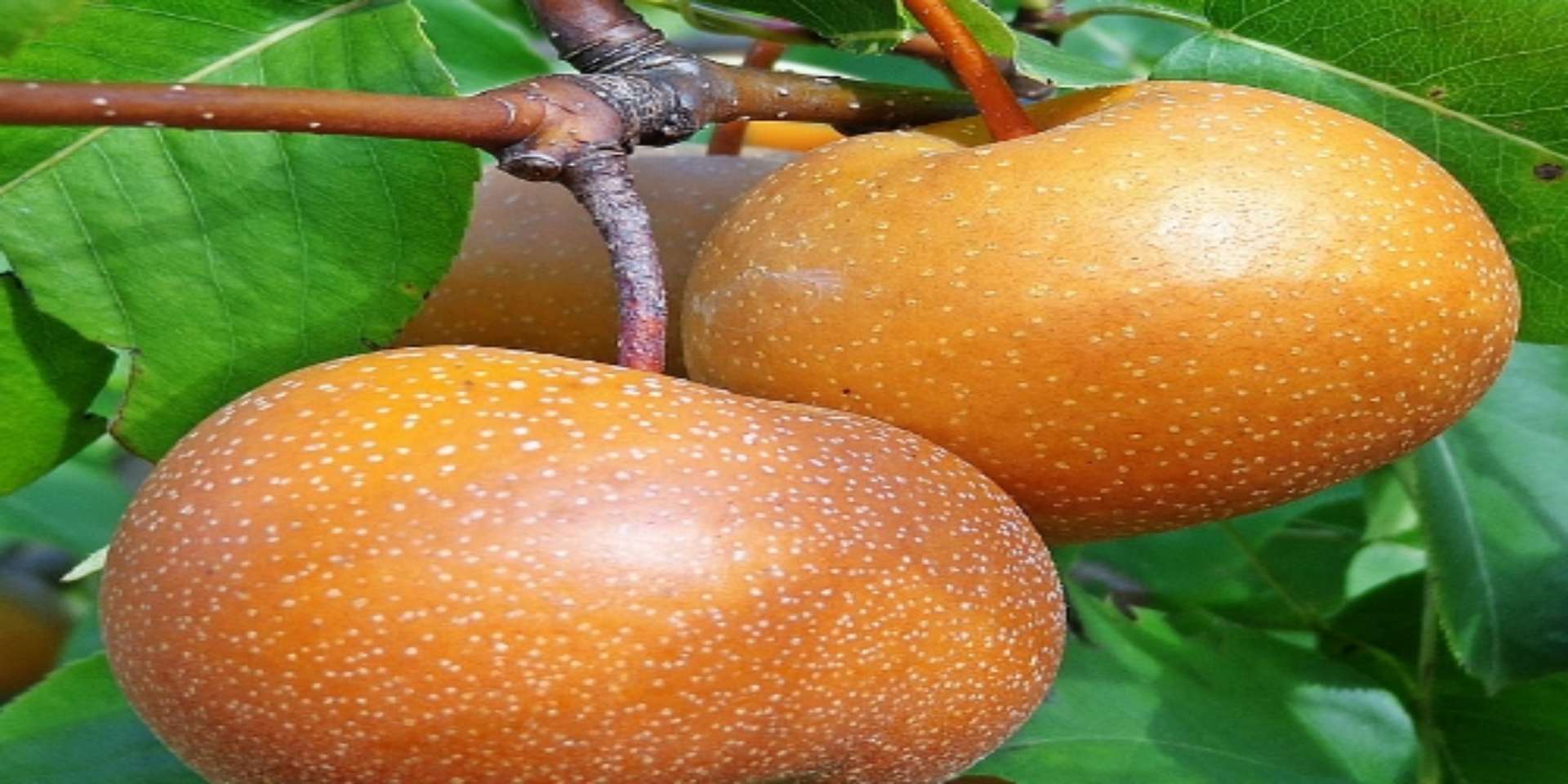

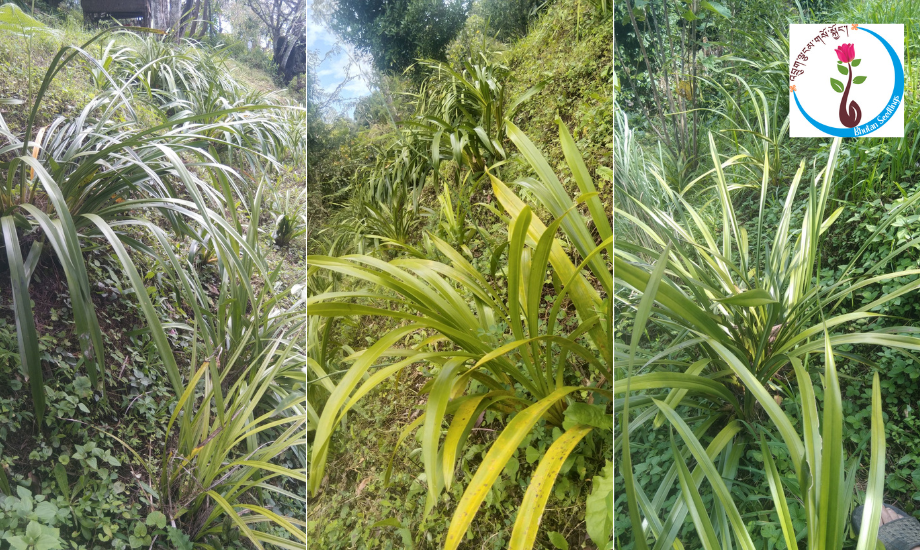
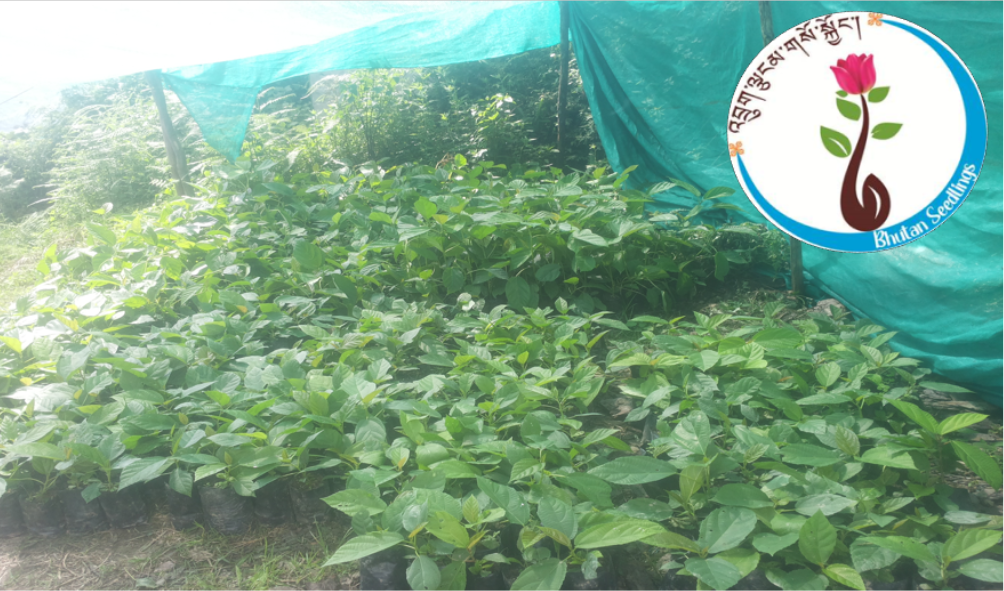
.png)


